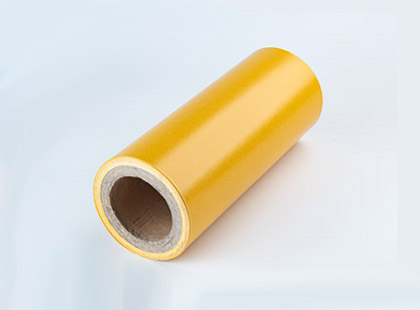You might have come across a smooth, non-stick material while peeling a product label, opening a sealed package, or even working on a diamond painting— that’s likely Glassine Overpressure Paper. It’s easy to overlook, but this material plays a quiet yet important part in both daily routines and industrial work. Let’s break down what it is, how it works, and why it matters.
Glassine Overpressure Paper is a type of release material designed to pair with adhesive products. At its core, it shares key traits with quality release papers: a smooth surface and strong non-stick properties. This means when it’s used with adhesives (like those on tapes or labels), it peels off easily— no sticky residue left behind, and no need for forceful pulling.
While regular release materials meet basic non-stick needs, Glassine Overpressure Paper has unique advantages that make it suitable for more demanding scenarios— advantages shaped by careful manufacturing:
Finer Material Craftsmanship: It uses more refined base paper and specialized coatings, unlike some regular release materials that rely on standard-grade raw materials. This refinement enhances its smoothness and ensures even non-stick coverage.
Better Durability: It holds up well in repeated peeling (such as for repositionable labels) or industrial environments (like high-temperature production lines), whereas regular release materials may tear or lose non-stick ability easily.
Wider Adhesive Compatibility: It works with various adhesive types— including high-viscosity ones used in industrial bonding— while regular release materials often only fit low-to-medium viscosity adhesives.

Glassine Overpressure Paper isn’t limited to one area— it’s widely used across sectors that rely on reliable release materials. Here are some common scenarios:
Packaging: It lines product packages or backs labels, keeping adhesives fresh and intact until you’re ready to use or open them.
New Energy & Electronics: In these precise fields, it protects delicate components (like parts for new energy devices or small electronic pieces) during manufacturing and shipping, thanks to its non-stick reliability.
Diamond Painting: For this popular hobby, it holds tiny diamond beads in place, making it simple to apply them to the canvas without mess.
Composites & Automotive: Behind the scenes, it aids in making composite materials or assembling car parts— where clean, easy separation of materials is a must.
Opting for well-made Glassine Overpressure Paper brings clear advantages, all rooted in careful production:
Steady Performance: Rigorous quality checks (led by teams with years of experience) cover every stage of production. This means the material won’t fail unexpectedly— no stuck adhesives or damaged products.
Customizable Fit: It can be tailored to specific needs, whether you require a certain size for packaging or a specialized type for an industrial process.
Global Adaptability: It works for users worldwide, fitting different regional needs and industry standards without losing performance.
For those seeking consistent, high-quality Glassine Overpressure Paper, manufacturers with deep experience in release materials (like Sanlin New Materials) ensure the material meets diverse needs— from hobby use to industrial applications. Their focus on quality and adaptability helps make this useful material accessible across fields.
Glassine Overpressure Paper may not grab attention, but it’s a backbone of many daily and industrial tasks— from opening a package to creating high-tech products. Its smooth, non-stick traits, paired with careful production standards, make it versatile across sectors. Whether you’re a business needing a dependable material or just curious about the “invisible” items that simplify life, understanding Glassine Overpressure Paper reveals the value of these underrated but essential tools.